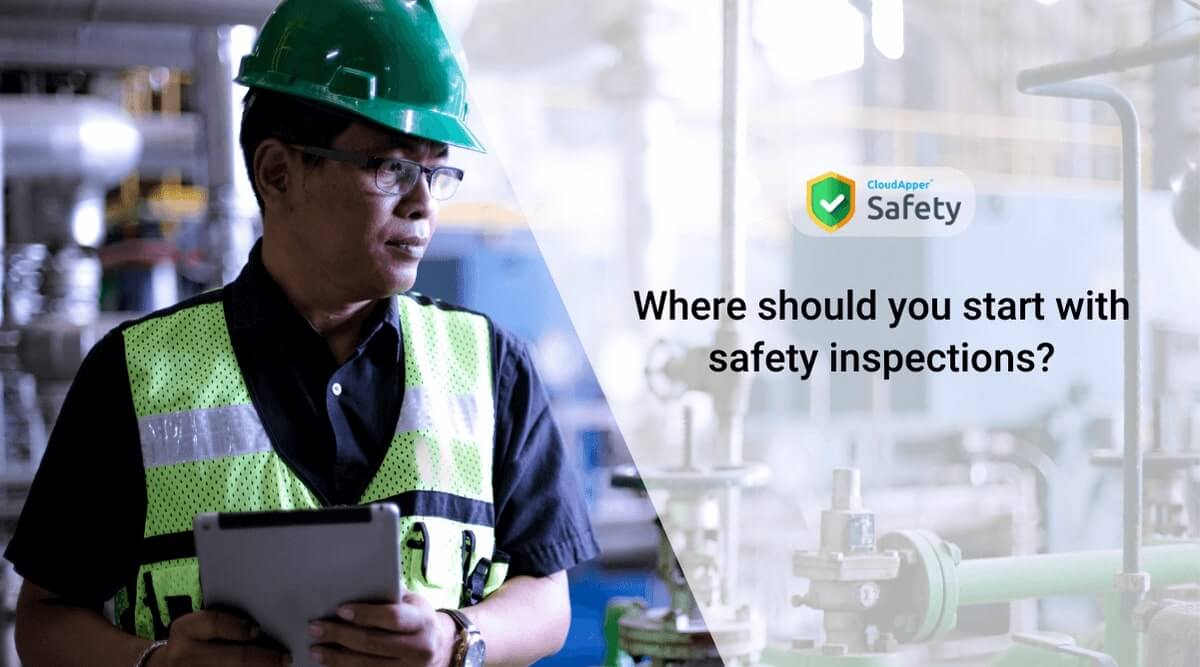Table of Contents
OSHA, or the Occupational Safety and Health Administration, has been in charge of ensuring the safety of workers in the US since its establishment. The administration sets the rules and regulations, outlines employer responsibilities for health and safety within their facilities, enforces standards, fines non-compliant employers, provides outreach, education, and training – ensuring safer workplaces in the process.
We’ve already focused a number of times on OSHA compliance, tips for safety in the workplace, workplace injuries, and workplace safety culture. For now, let’s dive deep into why OSHA has mandated employers to provide a safer workplace and what OSHA thinks are employers’ responsibilities towards their workers.
Why is OSHA necessary for workplace safety?
Imagine that there are no regulatory agencies that focus on workplace safety in the US. How many organizations do you think would’ve focused on workplace safety – five, ten, a hundred?
There are tens of thousands of organizations operating in the US, and probably only the bigger ones would’ve focused heavily on workplace safety. As there are no laws in such a scenario, nobody would’ve been there to monitor workplaces, keep records of the injuries, and penalize organizations that have higher workplace accidents and illnesses. As a result, the number of workplace injuries and illnesses would’ve been catastrophic.
Thankfully, OSHA exists, and as it outlines the rules and regulations for employers and fines non-compliant ones, the majority of them follow the guidelines to ensure compliance and reduce workplace injuries. In fact, according to OSHA, workplace deaths have decreased by 62% whereas occupational injuries and illnesses have gone down by 42% since its inception.
The bottom line is if OSHA wasn’t present, there would’ve been a frightening number of workplace casualties since there are an ever-growing number of risks and hazards present on the job, especially in manufacturing plants, construction firms, and hospitals.
With the importance of OSHA out of the way, let’s take a look at employer responsibilities for health and safety as per OSHA in order to prevent workplace injuries, illnesses, fines, citations, and violations.
Employer responsibilities for health and safety as per OSHA
OSHA has provided extensive rules and regulations for employers to follow for a number of reasons. While talking about all of them won’t be feasible in this article, let’s take a look at the main highlights.
- A workplace that doesn’t house serious and recognized hazards and that complies with the standards, rules, and regulations issued under the OSH Act.
- Create or update operating procedures regarding safety and share them with employees for adherence to workplace safety rules and regulations.
- Ensure employees receive ample workplace safety training including those who operate heavy machinery, and ensure that the training is in a language that every worker understands.
- Workplace conditions must be inspected thoroughly to ensure that they meet appropriate OSHA standards.
- Ensure employees have access to safe tools and equipment for working and maintain said tools.
- Employers that work with chemicals must ensure a written hazard communication program is developed and implemented. Training regarding hazardous chemicals and using proper safeguards against them must be provided as well.
- Ensure that employees know about present or potential workplace hazards by using posters, signs, labels, color codes, etc.
- Employers must ensure that all work-related fatalities are reported within 8 hours, whereas inpatient hospitalizations, loss of an eye, and amputations must be reported within 24 hours.
- Employers must provide training and medical examinations whenever required as per OSHA.
- Ensure that workers who exercise their rights under the Act are not discriminated against.
- Ensure that present or previous workers, as well as their representatives, get the log of work-related injuries and illnesses whenever they require it.
- Post the OSHA poster that outlines employees’ rights and responsibilities at prominent locations within the facilities.
- Ensure OSHA recordkeeping, that is, keep proper records of workplace injuries and illnesses. This doesn’t apply to those with less than 10 workers in specific low-hazard industries.
OSHA compliance is much more detailed
That was just the tip of the iceberg – OSHA has different rules for different industries. Moreover, many states have their own requirements when it comes to employer responsibilities for health and safety. As a result, OSHA compliance becomes complicated for many to follow, especially smaller companies or startups. However, if not followed to the T, organizations can face citations and hefty fines down the line as well as consequences like higher employee turnover, lower productivity, or even shutting down their operations. Working towards OSHA compliance is a must, and that is where CloudApper Safety can help.
CloudApper Safety simplifies workplace safety compliance
CloudApper Safety is a robust OSHA recordkeeping software that workers can use right from their smartphones. CloudApper Safety records injuries & illnesses, helps with training management, incident reporting, and more – reducing the administrative burden as well as streamlining compliance down the line. Contact us now to learn how it can help simplify your workplace safety compliance and recordkeeping.
What is CloudApper AI Platform?
CloudApper AI is an advanced platform that enables organizations to integrate AI into their existing enterprise systems effortlessly, without the need for technical expertise, costly development, or upgrading the underlying infrastructure. By transforming legacy systems into AI-capable solutions, CloudApper allows companies to harness the power of Generative AI quickly and efficiently. This approach has been successfully implemented with leading systems like UKG, Workday, Oracle, Paradox, Amazon AWS Bedrock and can be applied across various industries, helping businesses enhance productivity, automate processes, and gain deeper insights without the usual complexities. With CloudApper AI, you can start experiencing the transformative benefits of AI today. Learn More



















